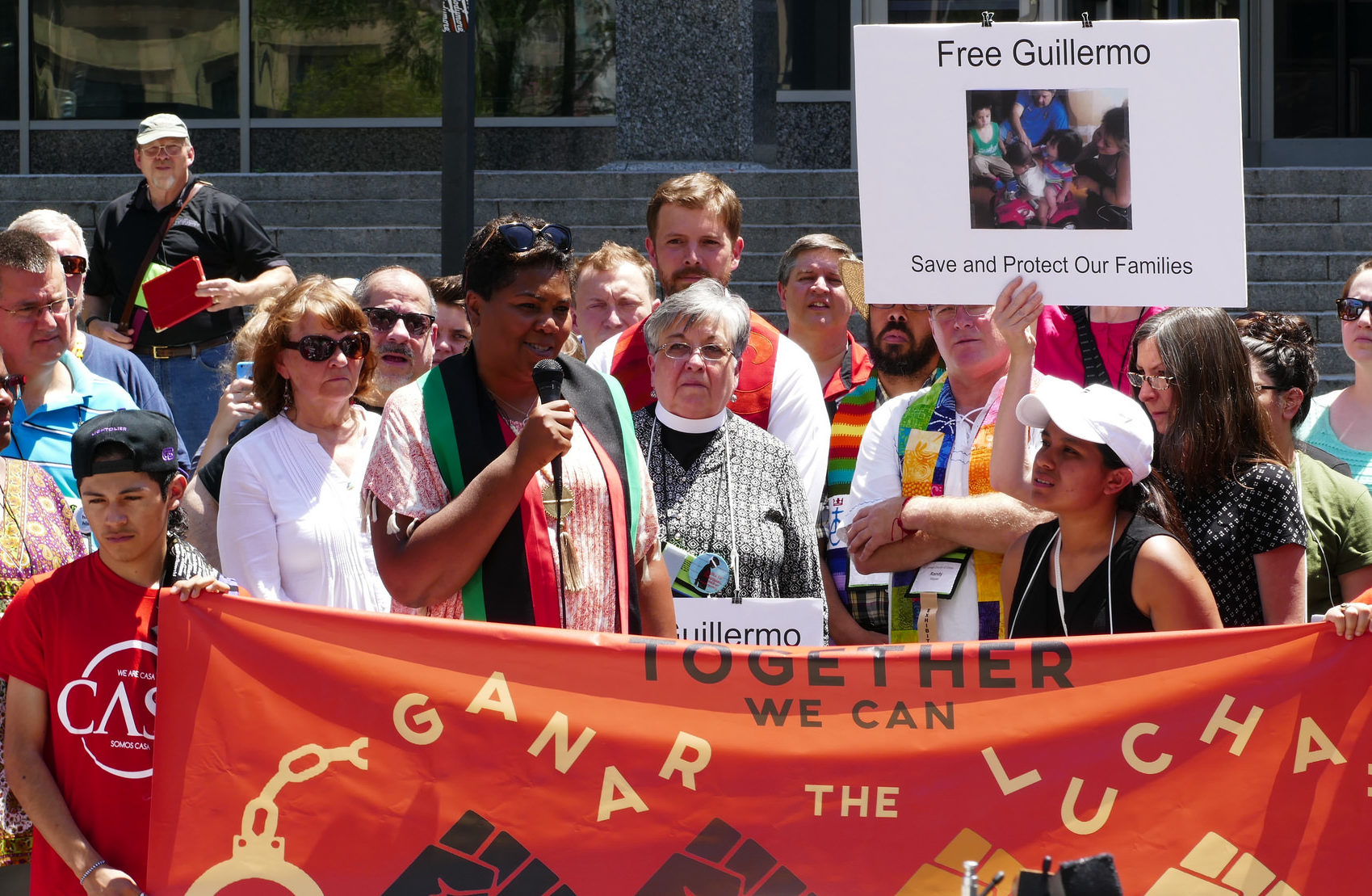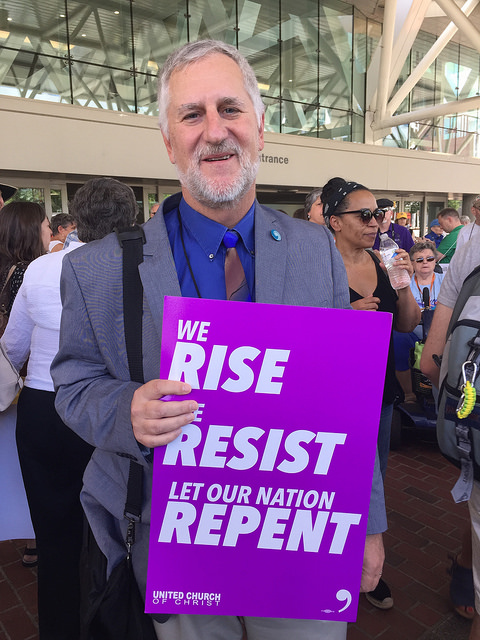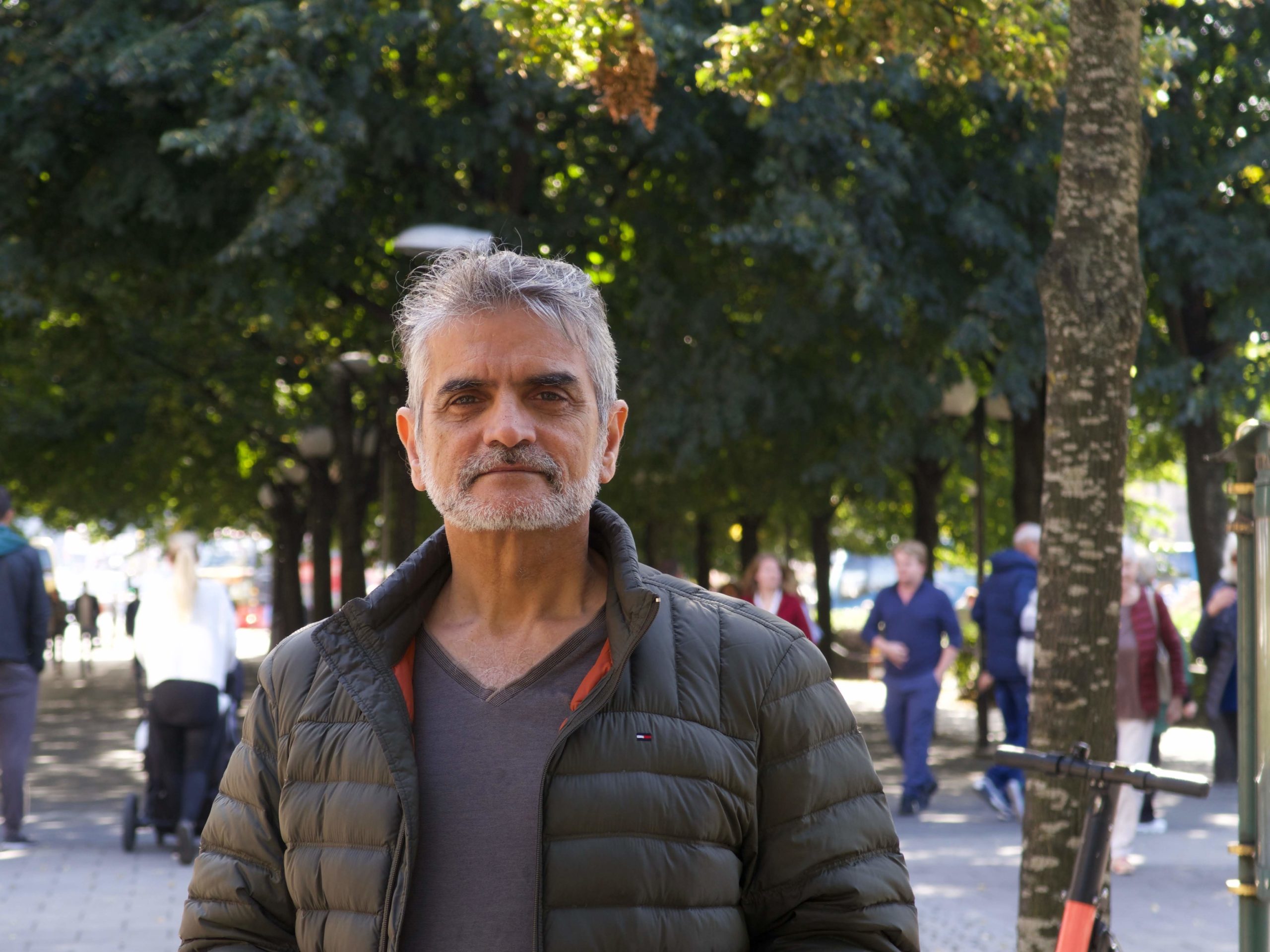
Christian Smith’s thesis on what religion is and how it works provides a useful framework for the study of religions in our changing, modernizing, and globalizing world. Its key merit lies in turning attention to the practices that constitute and sustain religions. Such practices, he rightly contends, motivate human beings, as individuals and societies, to turn to superhuman entities in order to obtain “goods.” This reality provides a focus on the religious and their practices, and not the theories that scholars love to build and debate.
Smith distinguishes his approach from others by emphasizing the critical realism that he brings to the discipline. He argues that contending theories are generally too positivistic, in the sense that they offer causal analytical paradigms for why and how humans turn to religion. Critical realism introduces a healthy dose of skepticism to the scholarly enterprise that explains, interprets, and generally attempts to control human social life through its production of knowledge. Smith’s approach places attention on what religious people do and why, and not what they might be doing in spite of themselves.
By putting the goods that emerge within religious traditions at the center, one can focus on religious ethics beyond principles or universal values. Such goods are shaped and sustained by rituals, myths, emotions, individual aspirations, and social communities. They generate values that sustain individuals and communities. The study of religions needs to pay attention to such goods, just as it does to identity, social cohesion, and power conflicts. Smith’s model assumes that these latter are all goods, but I am pointing to a particular sense of “good” that merits careful study within a larger framework of goods.

Rev. Kent Siladi, Conference Minister of the UCC Connecticut Conference.
Having placed practices and their desired goods at the center of the discipline, students of religion may then turn their attention to the formers’ transformation in the context of modern developments in politics, communication technology, or inter-cultural encounters. Such changes may be significant and obvious, or they may be subtle. Smith does not show this change as part of his thesis, but the possibilities emerge from the list of questions that he proposes for the study of religions in the appendix. For example, changing religious practices of a nation experiencing increasing diversity may provide an indication of how such new conditions are reflected and reshaped in practices. Some religious groups may turn attention to personal and individual goods, or focus on charity. Others might put up the barricades in closed religious meetings. Such adjustments and changes often occupy a significant amount of labor and commitment. Attention to practices and their desired outcomes may provide valuable insight into understanding religions and societies in changing times.
If the main labor of religion is to attain goods like ethics, social cohesion and power, then how and why do humans turn to superhuman entities? Smith rejects the rational economic model of human behavior, and introduces readers to a more complex understanding of attribution from cognitive theories. He places emphasis on persons that engage in such attribution, alone or with others. He does not explicitly rely on any model in this fast-changing field, but formulates a set of possible ways in which religious people attribute goods to superhuman entities. Smith’s discussion leaves no doubt that current theories of religion work with simple attribution theories that are no longer tenable.
Smith finds justification for superhuman attribution in religious behavior and practices. More than this, however, the history of religious practices offers a rich source of how cognition is reflected in public life and sustained in spite of criticisms directed at it. Modern criticisms of religions are a prominent feature of public life, but they often miss or ignore the complex attribution that Smith brings up in this book. This calls for rethinking the familiar models used to think of religion and public life: control, capitulation, co-optation, or rejection. They are often guided by simple and instrumentalist approaches to rationality that put the state in the center. They need adjustment and perhaps complete overhaul.
The value of Smith’s thesis may be further developed by paying careful attention to how and where such attribution is invoked and sustained in existing religious practices. Smith does not venture into this area, but his framework assumes religious discourses and patterns. When he writes on religious practices (prayers, etc.) or the patterns of attribution of goods to superhuman entities, Smith alludes to such discourses but does not develop them sufficiently. I believe that practices that are based on beliefs and assumptions of life are woven into a complex discourse in the way first suggested by Wittgenstein. These include verbal utterances, but also movements of the body, aesthetic frameworks and strategies, emotions and dispositions that constitute what Saussure called a langue. All of the signs form a complex system that makes it possible to articulate a practice (parole). Smith’s argument that these practices are directed at obtaining goods provides an important first step in what religious discourse (langue and parole) might be, and how it adjusts and changes over time.
The challenge of writing a theory of religion that fits all forms of cultural life regarded as religion can be daunting. Mostly, such theories serve an academic purpose which identifies an abstract or reified framework that is then difficult to identify and apply to religious traditions. Sometimes it seems that Smith is also engaged in this exercise. But I think his focus on practices and goods provides a useful paradigm for thinking about religion in general and also for thinking about particular religions as they change and confront challenges in the world.

